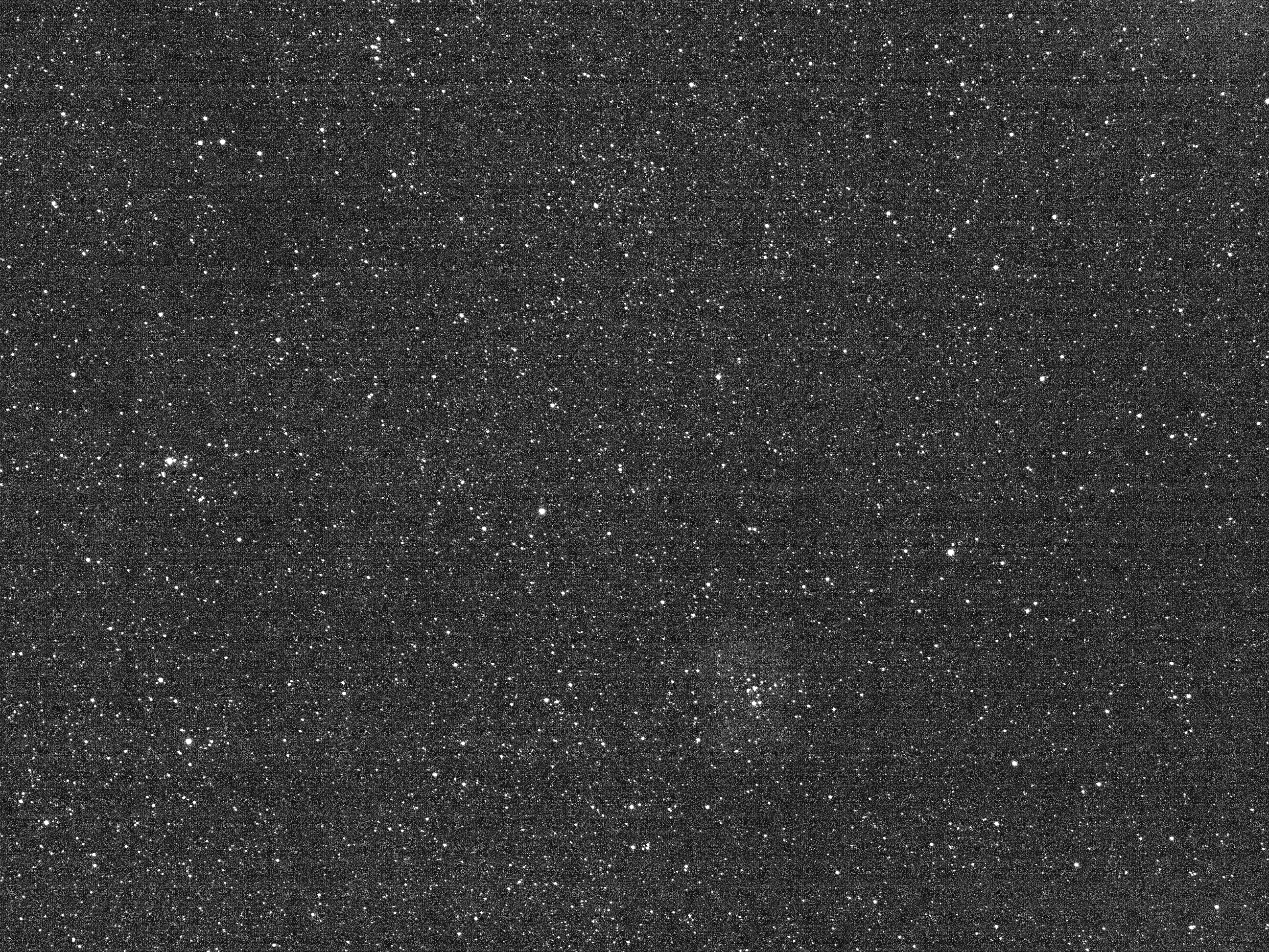Travelling through space can get lonely. NASA’s Lucy spacecraft is currently on a six-year journey to Jupiter, travelling through the sparse interplanetary medium since launching in October 2021. Luckily for Lucy, the views have been spectacular.
The spacecraft recently captured a series of calibration images, pointing its brand new cameras at 11 different star fields to make sure its photography skills are up to par. The latest batch of images were taken in February, which NASA did to test the spacecraft’s camera performance and sensitivity, as well as its ability to point in different directions, according to the space agency.
Lucy is on a mission to study the Trojan asteroids, two groups of rocky bodies that lead and follow Jupiter as it orbits the Sun. The Trojans may have existed for the past 4 billion years, but very little is known about them since no spacecraft has paid them a visit just yet.
But before Lucy reaches its destination, the team behind the mission is working to ensure the probe’s instruments are working properly in space. The spacecraft pointed its cameras toward the Orion Constellation, capturing different groups of stars, as well as a faint, 10-second exposure of the Rosette Nebula.

Lucy is equipped with four visible light cameras: the twin Terminal Tracking Cameras (T2CAM), the Multicolor Visible Imaging Camera (MVIC), and the Long-Range Reconnaissance Imager (L’LORRI).
The T2CAM cameras have a wide field of view, and they are designed to automatically lock onto and track the Trojan asteroids during Lucy’s close flybys. The MVIC is a higher-resolution colour scanning camera, while L’LORRI is a high-resolution monochromatic telephoto camera designed to capture detailed images of the asteroids. A raw image from L’LORRI revealed stars that are 50,000 times fainter than what the unaided human eye can see.

The recent image-taking was a follow-up to an initial test of Lucy’s cameras conducted in November, shortly after the spacecraft launched. However, the team has not yet tested Lucy’s infrared spectrometer, known as LEISA, or its temperature mapping L’TES instrument, both of which require close-up planetary targets, according to NASA.
Shortly after it launched, one of Lucy’s solar arrays failed to unfurl properly. However, the spacecraft’s systems have been operating normally and the glitch does not seem to have had a major effect on the mission so far.
Lucy is named after an exceptionally old hominid fossil found in Ethiopia in 1974, one that provided valuable insights into human evolution. The Lucy spacecraft, by exploring Jupiter’s Trojans, could do the same for our understanding of the solar system and its origin story. Lucy is expected to reach the Trojan asteroids in 2027.
